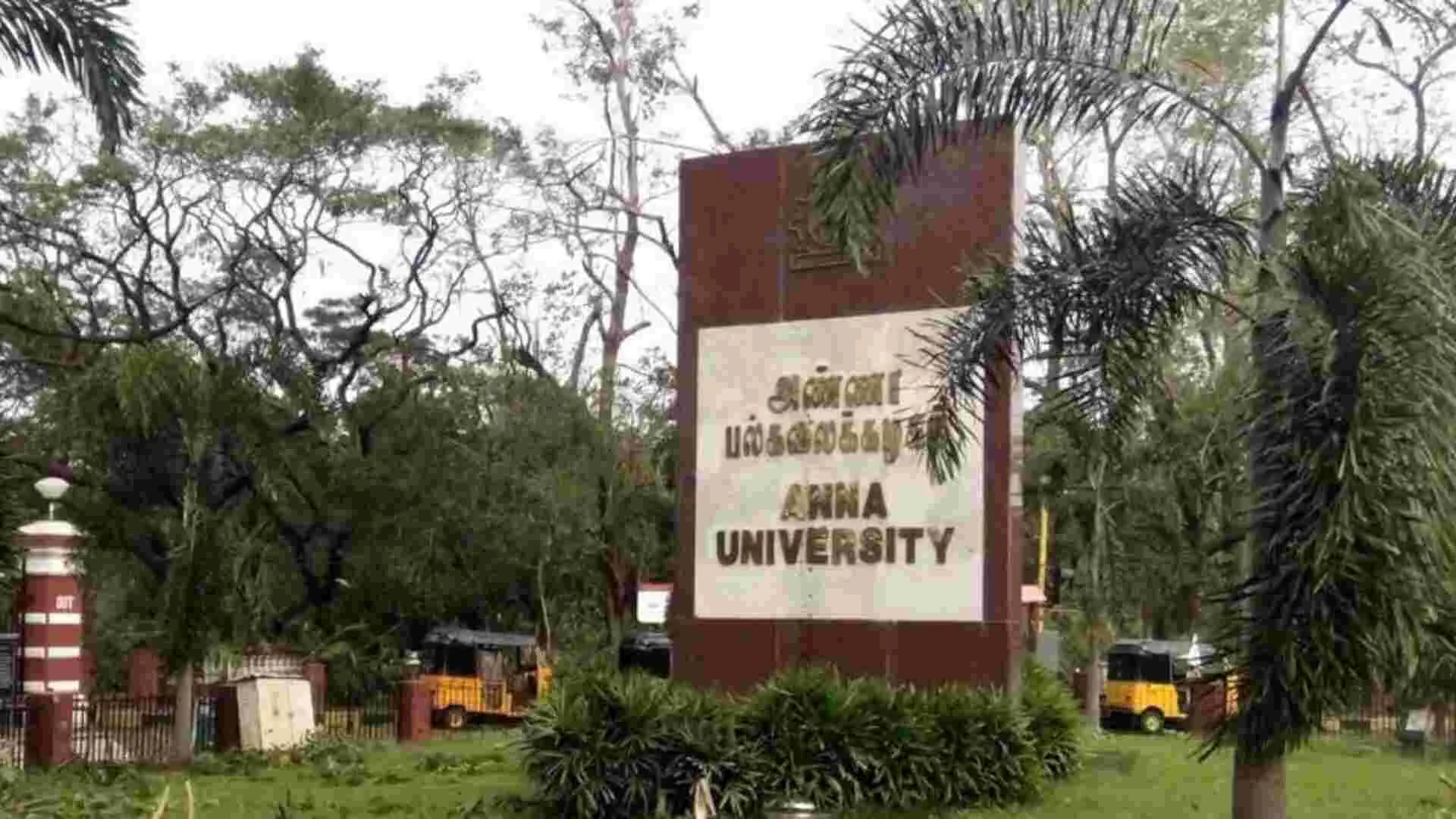Defence Minister Rajnath Singh is set to commission India’s second nuclear-powered ballistic missile submarine (SSBN), INS Arighat or S-3, at a discreet ceremony in Visakhapatnam on Thursday. The event will be attended by Chief of Naval Staff Admiral Dinesh Tripathi, head of Indian Strategic Command Vice Admiral Suraj Berry, and senior DRDO officials, according to sources familiar with the matter. The SSBN will operate under India’s Strategic Command.
While the defence ministry has remained silent about this classified project, it is known that the 6,000-tonne INS Arighat is preparing for a long-range patrol in the Indo-Pacific region, armed with K-15 nuclear ballistic missiles that have a range of 750 km. Additionally, India’s third SSBN, INS Aridaman or S-4, is expected to be commissioned next year, followed shortly by a fourth SSBN, codenamed S-4*, according to sources.
With the addition of INS Arighat, India will have two SSBNs—INS Arihant (S-2) and INS Arighat—patrolling international waters as key components of the country’s nuclear triad and second-strike capability, in line with its no-first-use policy.
The Indian Navy has already sought approval from the Narendra Modi government to acquire two nuclear-powered conventionally armed submarines (SSNs). Like SSBNs, these SSNs can remain submerged for months, with their operational range limited only by logistics, supplies, and crew rotations. In contrast, diesel-electric attack submarines (SSKs) need to surface regularly to recharge their batteries.
Positioned strategically in the Indo-Pacific, India’s two SSBNs provide significant strategic leverage and act as a strong deterrent against any naval threats in the region. Both INS Arihant-class submarines are powered by indigenous nuclear reactors and equipped with Indian-made nuclear missiles. While INS Arihant served as a technology demonstrator, INS Arighat has addressed all previous technological gaps, making it a more advanced model.
Upon commissioning the S-4* SSBN, India plans to launch a new class of submarines, which will be larger, capable of carrying nuclear ballistic missiles with a range of 3,000 km, and equipped with additional missile tubes, according to sources.
Given India’s existing land-based nuclear missiles, such as the Agni series, and its air-launched nuclear capabilities, the SSBNs are considered the most powerful element of the nuclear triad.
In addition, the Indian Navy is set to enhance its capabilities with the upcoming commissioning of the guided missile stealth destroyer INS Surat, the stealth guided missile frigate INS Taragiri, and the sixth Kalvari-class attack submarine, INS Vagsheer, all within the next six months. Orders for three additional Kalvari-class submarines are also expected to be placed with Mumbai’s Mazagon Dock Shipbuilders Ltd later this year.












